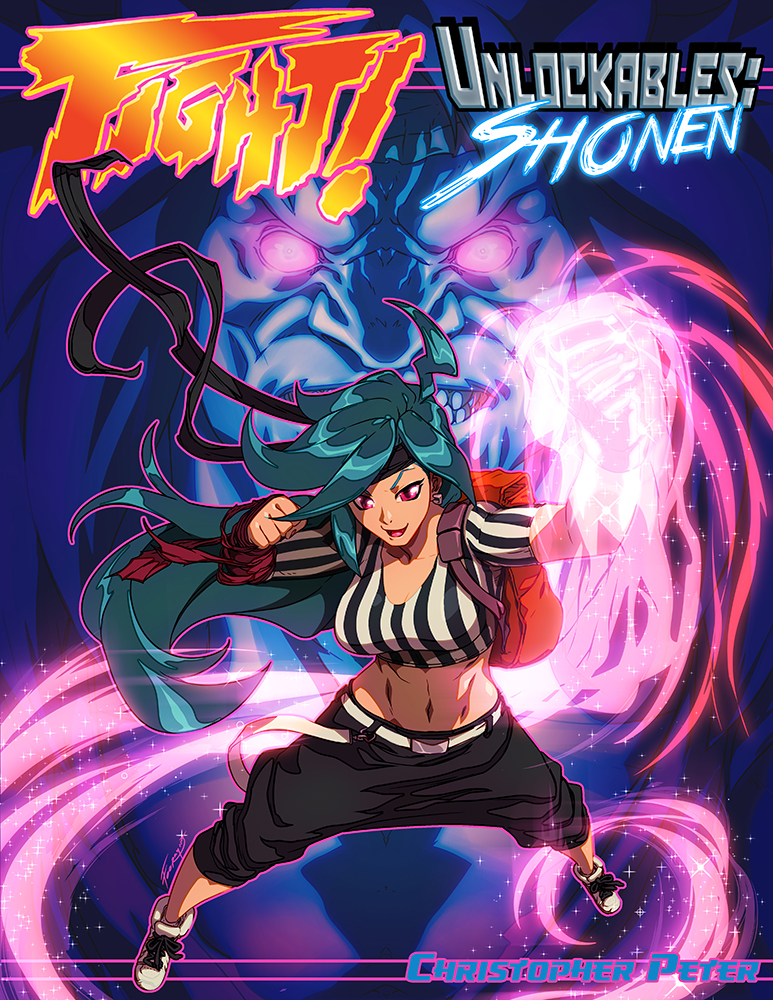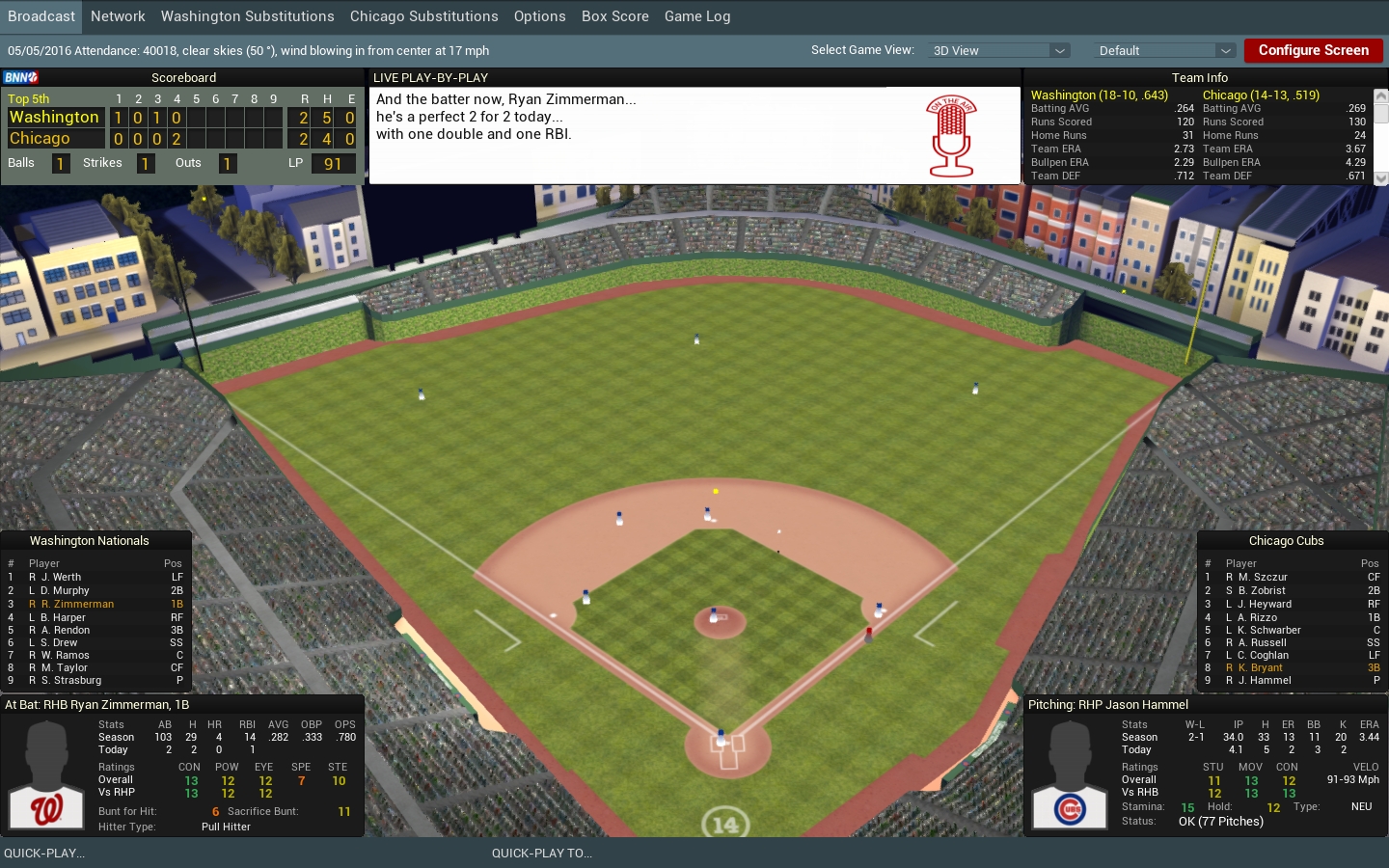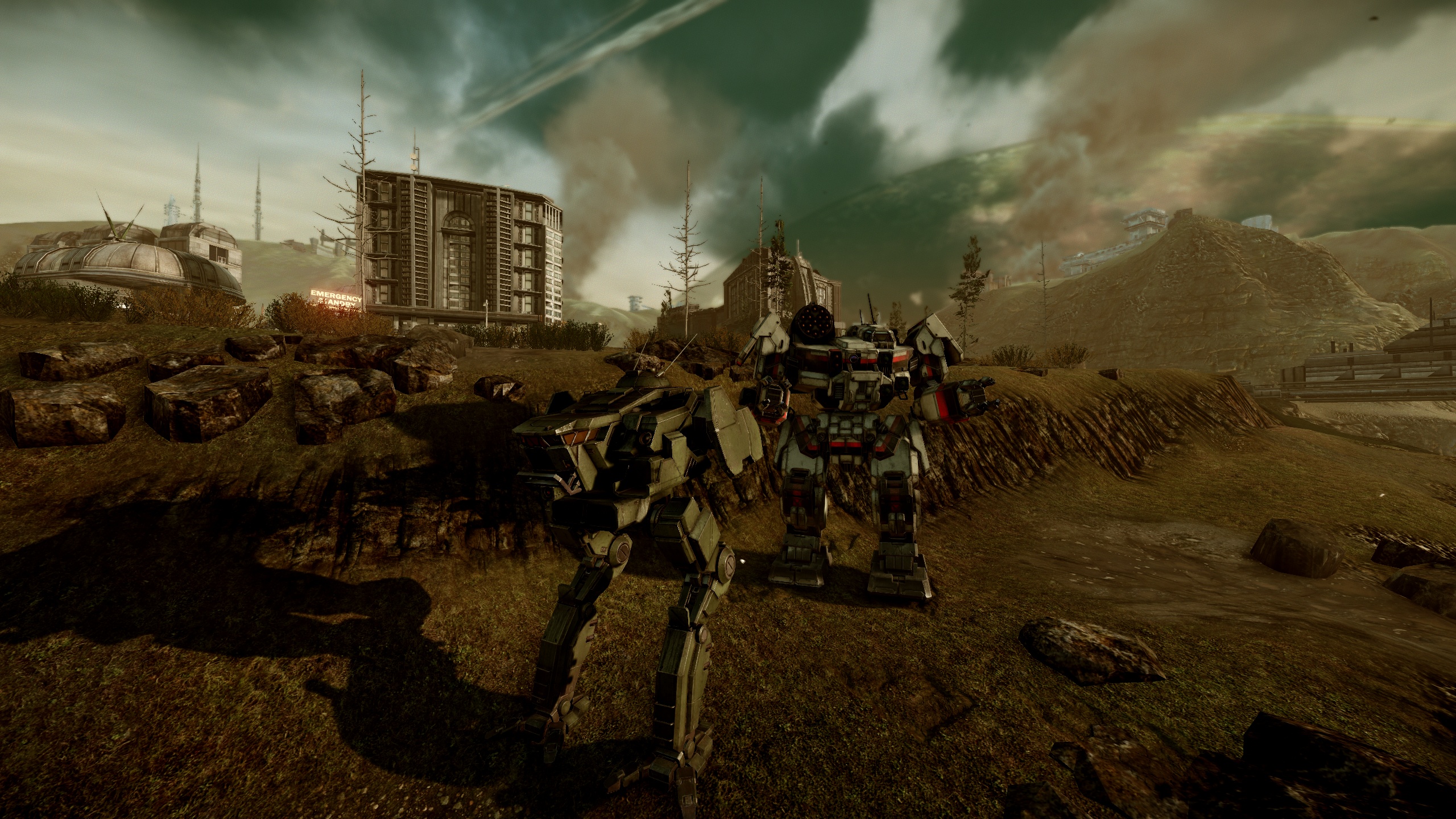An interview with Wolverine Studios Gary Gorski on their new College Basketball Game.
I managed to get some time to have an interview with Gary Gorski, the head of Wolverine Studios, about their latest release, Draft Day Sports: College Basketball 17 (we will be featuring the game in a review at some point.
An8BitMind: When it comes to college basketball versus the pros, it seemed like almost two different games in the 1980’s (college shot clock not being brought in until the mid 80’s for example, leading to stall ball). While it’s not as bad today, in college basketball we have everything from Florida Gulf Coast’s Dunk City offense, to teams throwing up 25 or more three pointer attempts, to teams running backdoor cuts all over the place like a Princeton style offense? How do you go from simulating the “flow” of pro basketball in your pro basketball game to the college game?
Gary: You’re right on that one and the answer is the two games use totally different simulation engines. This allows the college game to handle all the things that are not really part of the pro game – things like presses, traps, variations of zone defense as well as a multitude of offensive sets where players are focused on running set plays instead of basically a bunch of isolation and pick and rolls.
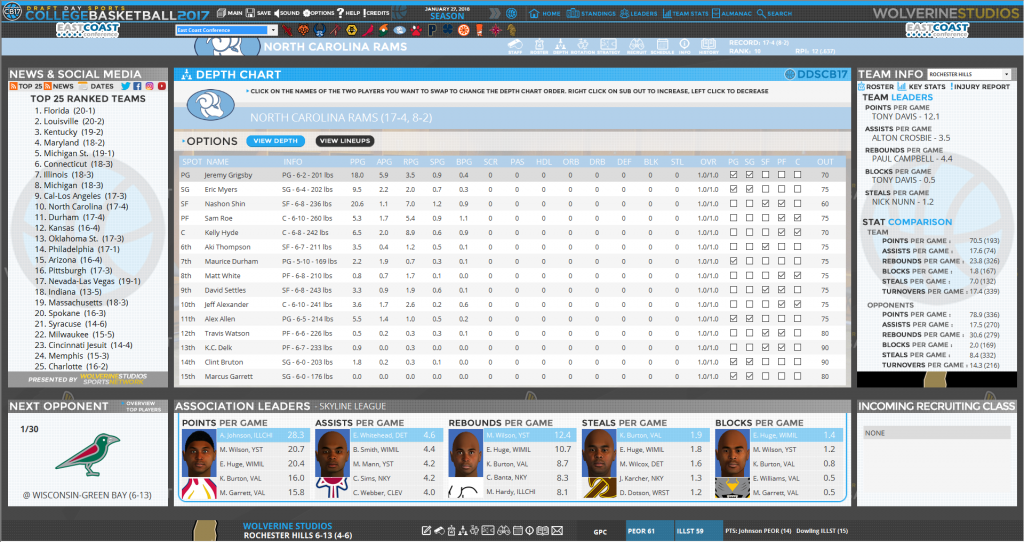
An8BitMind: Part of the fun each year is the endless debates this time of year that “Well, this team SHOULD be in.. while that team may need two wins in the conference tourneys to get an at-large bid, and Team C will need to win their conference to get the bid, as they’re off the bubble for an at-large”. Draft Day Sports College Basketball 2017 has a lot of that in its bubble watch, but can yo give me a bit of the nuts and bolts about what goes into the game selecting the 68 teams that make up the tourney and seeding them?
Gary: Yeah I think our in game bubble watch does a good job of identifying the teams who are in danger of missing the tournament. Obviously to start in terms of team selection the game takes each conference tournament winner and from there the game uses a mix of strength of schedule, RPI, team record and to simulate human bias team prestige is factored in as well. If you’re a well known school on the bubble you’re probably going to get the nod over a very similar team that just doesn’t have the name recognition. Its really, really tough to simulate the seeding of the 68 teams – I mean there is a room full of humans to do it in real life and even then its not an easy job but I think the game does a good job of ranking the teams in order based on the mentioned factors and spreads them out so that its as close as to what a human committee might do as possible.
An8BitMind: I was very glad to see that there was a quick recruiting mode added to DDS:CB 2017, that wasn’t my meat and potatoes, but for a lot of folks the nuts and bolts of recruiting is almost like a second game for them, especially when you get things rolling and you constantly have to replace “one-and-done” players moving on to the pros with fresh talent every year. Can you go into the balance between simplicity, complexity and design when it comes to the recruiting game?
Gary: In college basketball recruiting really is like another game. It’s not like a draft where it is a one day feature as part of a season – recruiting takes place all season long and is crucial to the success of your school. Now I know that’s a lot for some people to deal with so the game has always let you assign the AI to handle recruiting if you didn’t want to but I really wanted to find a middle option for those who didn’t want to turn over duties to the AI and didn’t want to spend the time scouring recruit cards, making the phone calls and all the detail which offers terrific immersion but does take time. That’s how I came up with the quick recruiting feature – this way you see all the recruits on one screen, can sort them how you want and can quickly assign out all the weekly task options. This way the recruiting feature doesn’t lose any complexity and for the people who felt that recruiting was too daunting of a task they now have an option to have it all streamlined for them.
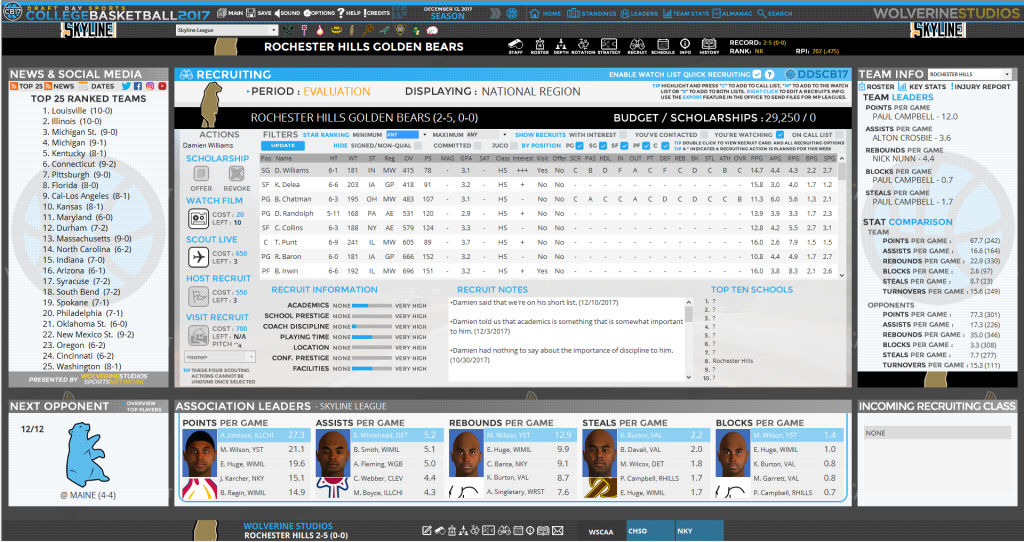
An8BitMind: Trackable prestige by year is in DDS:CB 17 for the first time. This is probably a feature for the more hardcore sim-player, as you can see a program like say a Temple or a UNLV rise out of obscurity for a good run, and then sink back down, but it presents a better way to track the ongoing evolution of a game. What went into adding this into the game?
Gary: Like so many of the additions over time this came at the request of a player who plays out dozens of seasons in his games. One thing he wanted was an easy way to see how teams had done over the course of his game. The almanac has always tracked historical standings and the like but he was interested in how he had improved the prestige at the school in his career so I implemented this graphing feature to not only allow you to see how a team’s prestige has risen or fell over time but also to compare it to another team or even an entire conference. It’s just a fun tool that adds even more to the immersion of the game
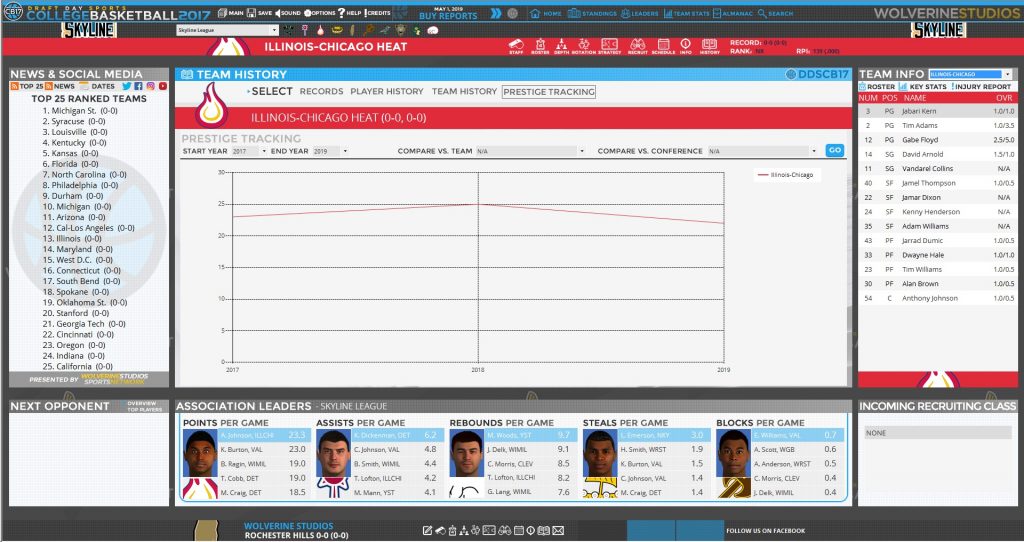
An8BitMind: College Basketball is an inherently changeable sport, even at its base level (four years and out). Nowadays, with players jumping after a single season, do you feel that players of the College Basketball game identify themselves more with their program/style of basketball rather then their great players that they had for such a short time compared to a decade or more like in the Pros? Or perhaps, that role player who may not look great but hits a ton of key shots for you?
Gary: I think one of the best things about DDS: College Basketball 2017 is that the game allows you to get attached both to your school and to its players. I think since you get to implement a very specific coaching gameplan and philosophy you’re really vested in your team as an organization because it’s all about your style. You choose the strategies you focus on and recruit players that will fit your specific style and each team can be different unlike the pros where really everyone does mostly the same things. The fact that you can build a very unique team gives you something to identify with. At the same time you’re going to have players that you really become fond of. Even if he stays for one season you’re not going to forget a truly dominant player who takes you to the championship just like you’ll have a handful of four year players you have watched become your glue guys on a tournament team when you remember them starting out as freshmen who couldn’t even get on the floor. The immersion factor is so great in both aspects of the game that you really can get attached to everything that goes with running your team.
An8BitMind: What goes into making fresh versions of the game year after year? We’ve talked in the past about the football games that Wolverine Studios makes, and how being a newer franchise for you, you have to kind of feel your way into things with regards to the layout and feel for the game, but with regards to a long-running (and well received) franchise like the basketball games, do you find yourself hesitating to make major changes to the UI, because “that’s what people are used to seeing?” And besides listening to your fans on the Wolverine Studios forum, what goes into the design process of adding features to the game?
A: My number one rule is never be afraid to change anything if it makes the game better. It wasn’t long ago where we totally overhauled the UI in our games and now each new version whether its basketball or football makes improvements on the last as we find what people like and what they think can be done better. In terms of features that’s always tough because when you have a game that has been around for a good number of versions you really have to start looking for ways to add more immersion. The basics of the game already exist so the focus is always on making the AI smarter, the simulation results more accurate and providing more and more data that draws the player in. I also like to add “fantasy” features I call them – things that are different ways of playing the game to improve the replay value. Previously in DDS:CB it was the ability to throw out the typical conference structure and play in a promotion/relegation style world (that still exists as an option). This year we added the Tournament Maker feature to let you setup your own exhibition 64 team tournament with your league. Thankfully I have a really good, small group of loyal and long-time DDS:CB fans who provide community support, beta testing and most of all tremendous feedback on ways we can improve the game. They’ve logged more hours than anyone at it and always find great little details that can be added to make the game an even better experience.
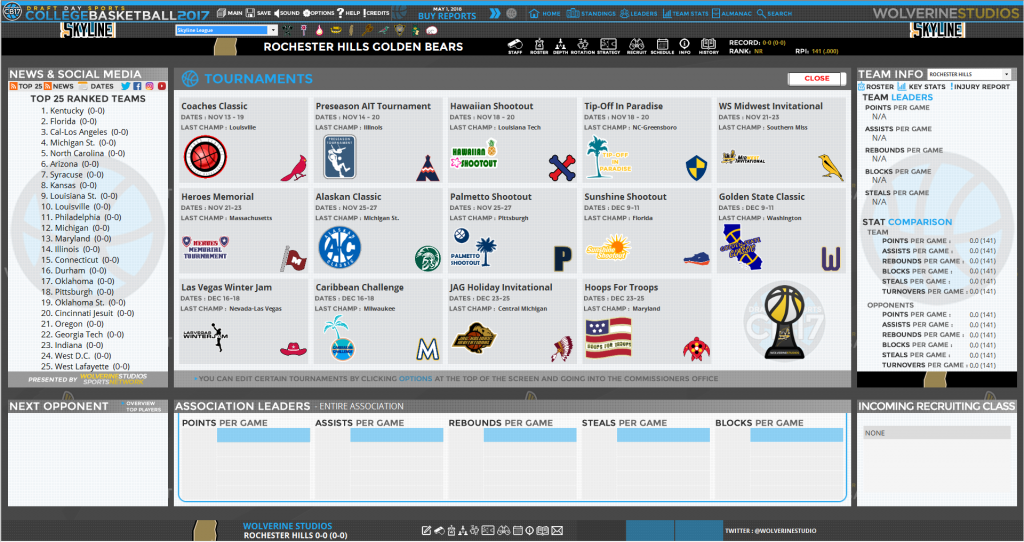
An8BitMind: Ok, the President of the United States has named you the Dictator of the Sports World. What, if anything do you do college basketball wise.. Do you make the first two rounds of the tournament a national holiday? Mandate that once players enter college they’re stuck for four years? Get rid of the one year rule? Make them play quarters like they do in the pros?
Gary: Thursday/Friday absolutely. I mean unless you run a pizza joint you should be shut down and enjoy the glorious day of basketball those two days are (sorry pizza guys but I need a good pizza for the day of hoops). The second round loses a little bit of luster because it’s the first two days where the best upsets happen and everyone’s bracket gets destroyed. That’s really the only thing I would like to see though. I love everything that is different about college basketball and I actually don’t mind the one and done rule. I’m all for a person earning a living if they have the skills to do so and I think it makes those other kids who stick it out for four years a little more special because if the elite players were forced to be there for four years you would never see any of them develop into tournament heroes because they would never get a chance to play. To me college hoops is about the school – it doesn’t matter who is wearing the jersey for Duke or UNC – you just care about the passion of the rivalry or you care about the 12 seed that will knock out a 5 inevitably each season. That’s what makes college hoops so great and really what I try to capture in my game.
We’d like to thank Gary Gorski of Wolverine Studios for his time. Their latest release, Draft Day Sports: College Basketball 17 has been released, and you can purchase it, or download a demo version of the game at the Wolverine Studios Webstore.
